 Image courtesy of stockimages at FreeDigitalPhotos.net Image courtesy of stockimages at FreeDigitalPhotos.net When you are in the construction industry, estimating project costs is an inevitable task. Surprisingly, estimating is actually one of the most difficult tasks when it comes to a construction project. If your price is and cost estimates is too low your project will lose money. If your prices are too high your competitors will have lower prices and will win the project. The profitability of a project at the time of completion can vary from expectations at the beginning of the project. This is why a construction company must get their price estimates right before the project starts. One factor that is really important in determining the profitability of a project is estimating. Profits are typically won or lost based on the accuracy of your estimates and how they match with your final project costs. Some companies shut down because of unprofitable projects. Believe it or not, chances are that one bad estimate of a project won’t easily put you out of the market, but try two to three bad estimates and your company will probably fail. Let’s take a look at some common construction estimating mistakes and how you will be able to prevent them. 1. No Site Visit There are no two identical job sites and there are sometimes unknown site conditions that can cause unexpected and even costly issues when the construction work begins. This is why before pricing a construction project you should conduct a site visit. A site visit enables you take measurements, inspect the topography, look at road access and traffic to the site, determine how much space you need for staging, equipment, and the delivery and storage of materials. It will also help you know what environmental protections should be in place for construction so you can allow for these and other costs. You also have to ensure that any subcontractors whose work may be impacted by the site condition visit as well. This is important so they can assess the site for themselves and factor in all the additional costs that the existing site conditions might present when you’re already doing the estimates. 2. Inaccuracy of Takeoffs (measurement of quantities) Takeoffs help lay the groundwork for estimates. When you have incorrect or incomplete measurement of the quantities your price estimates will be wrong. To help you determine the exact quantities needed for all your materials and supplies, you need to have accurate takeoffs. Takeoffs are also important to determine your labour and equipment needs. Missing items during takeoff, or having the wrong quantity, will result in a cost estimate that is wrong, either too high or too low. To get accurate measurements for your estimates, you can now use takeoff software. 3. Labour Costs Labour costs are sometimes the hardest item to nail down accurately when it comes to making your estimate. When it comes to labour costs., there are several variables that come into play. This can include the number of available workers for the project, their experience level, their productivity, and the rate of pay. You should focus on the determination of the number of man-hours it takes to perform a task to use a guide in the estimation of labour costs. Also, don’t forget to keep records of past job costs, especially labour costs and production rates, to help you get more accurate estimates on future projects. 4. Costs of Materials and Supplies Another big cost for construction projects an accurate estimate of your construction materials and supplies. Keep in mind that prices for materials can change from the time you start an estimate up to the time that construction commences. The demand for materials changes and this impacts the prices, thus making it harder to get estimates right. Currency variations also impact the cost of imported materials. One thing that can help you with the costs of materials and supplies is by establishing relationships with building product manufacturers and suppliers. They will not only help you lock in on accurate prices but they can also refer you to alternative materials that might better fit your project. 5. Failure to Assess Risks & Create Contingencies Risks are always a possibility in every construction project. You should incorporate a risk assessment when you’re doing the estimating process. Failure to assess risks and build in contingencies to your estimate will be detrimental if things do go wrong. Always remember that you likely won’t be able to recover your losses should an unforeseen issue suddenly pop up once construction has commenced. 6. Uneducated Guesses This is something you must never do -- don’t gamble on a project by making uninformed or uneducated guesses in your estimate. To ensure your estimates are accurate, you should track job costs on every project. Research the most current data available and base your job costs for labour, materials, and equipment on this data. Also, include overhead costs and cost for inspections. 7. Not Checking Your Work Although small estimating errors or omissions might not make much of an impact, big ones such as omitting scope items, inaccurate measurement, or using wrong units of measure, can put your business in huge trouble. Always take the time to carefully review your work. Ensure that your measurements are accurate and that your math for all costs is correct. Keep in mind that rushing through your work will only result in costly mistakes in the future. 8. Not Reviewing Contractor/Subcontractor Estimates If you need to hire contractors and subcontractors, be sure that you review their bid estimates and proposals. They should understand exactly what aspects or parts of the project you want them to work on and complete on time. This is important to avoid duplication of work in their estimates that are covered by other contractors and subcontractors. Lastly, you should always be involved in every stage of the project estimate. You may hire an estimator if you think it will work better for your company. However, it is advisable that you always stay updated and involved. Review everything that your estimator reports to you and don’t hesitate to provide advice or make changes to their proposals. If you are not yet confident with your judgement, you can seek the help and advice of reliable construction companies that could be your possible contractors or subcontractors for a project. Author Bio: Best Access Doors is a trusted supplier that provides for your access door needs or for any construction project. When it comes to helping construction companies come up with great estimates for their business, we do our best to give you affordable quality products. For more inquiries or more help, visit our website. Do you want to learn how to manage construction projects successfully?Paul Netscher has written several easy to read books for owners, contractors, construction managers, construction supervisors and foremen. They cover all aspects of construction management and are filled with tips and insights.
The books are available in paper and ebook from most online stores including Amazon. Find out how Paul Netscher can help you
2 Comments
Today Spain and Italy and 20% of the USA are in lock-down due to coronavirus or covid19. More countries are taking drastic steps to lock-down neighbourhoods, cities, states and countries. Will your construction project be forced to stop work? Will you be prepared for an indefinite closure of your construction project? But even if there isn’t a general closure of businesses in your region your construction project could be closed for 14 days if one person tests positive for coronavirus or covid19. Everyone working on the project will be quarantined for two weeks and you may have to get professional cleaners in to disinfect and clean equipment, offices and various facilities. Clients might not even accept completed buildings until they’re professionally cleaned if there’s a risk that surfaces were contaminated by sick workers. How to prepare your construction project for coronavirus lock-downAt this stage many closures are indefinite. They could be for 2 weeks, a month, even longer. Who knows? What will happen to your construction project while it’s in lock-down? What will the weather be when it’s safe to return? Will your project be safe? Well here are a few steps to take in preparation.
What to do when your project is about to go into lock-downUsually the authorities provide 24 to 48 hours ahead of the lock-down. To prepare the project:
What if your project is essential and must work through the lock-down? Some construction projects may be able to continue working through lock-downs.
Conclusion These are testing times for everyone. Being prepared can help reduce some of the fallout from a project lock-down. Good luck to everyone. Stay healthy. Practice commonsense. May the pandemic pass quickly with minimal disruption and sickness so we can return to normal. Importantly - practice good hygiene and don't get infected and don't make others ill. For further information on getting your workplace ready for the virus read this advice from the World Health Organisation. For information on self isolation visit Read What will you do if you are quarantined Also Read How cononavirus could impact your construction project Please like and share. Do you want to learn how to manage construction projects successfully?Paul Netscher has written several easy to read books for owners, contractors, construction managers, construction supervisors and foremen. They cover all aspects of construction management and are filled with tips and insights.
The books are available in paper and ebook from most online stores including Amazon. Find out how Paul Netscher can help you © 2020 This article is not to be reproduced for commercial purposes without written permission from the author. The job of a construction project manager can be a nightmare if his project goes over budget. Construction projects are required to be completed within their budget. In this article, I discuss some useful tips for project managers to ensure their projects are completed within budget.
So, these are 10 basic tips to complete the project within budget. Hope it helps you manage your project effectively. Author Bio (John Smith) John is a young civil engineer and project manager who is passionate for writing and sharing his engineering knowledge and construction management skills by writing on different blogs. Website: https://qtoestimating.com There has been mass quarantining of people due to virus fears in China, South Korea and Italy. In most countries some people have been sent home because of fears that they have the virus, or that their workplace or work colleagues may have been infected by the Covid-19 virus or Coronavirus. So what will you do if you’re suddenly sent home for 2 weeks or more? What will you do if your workplace or project is temporarily shutdown for a few weeks? Of course the important thing is to understand whether you’ll be paid for this time away from work, and the type of leave you’ll be using. If it’s unpaid time you may have to contact loan providers to extend their payment terms. If you are running a project or business, it’s important to contact customers, suppliers and employees and make sure that they are all aware of the situation. But what will you do with your time while you’re at home? How will you spend your time while you’re quarantined at home? Now some of you will be angry, upset, frustrated, or even worried, if you’re quarantined at home. But really, there’s nothing you can do that will change the situation. The best is to make constructive use of your days. Do something with your enforced days at home. Here are some suggestions:
It’s important to have a plan. To structure your days and your week so that you make use of your time. At the start of your quarantine decide what needs to be done and what you would like to attend to. Don’t let the weekdays run into the weekend. If weekend time is usually for the family, then keep it that way. If you’re doing some office work from home then set aside a few hours in the morning and afternoon for this work – then forget about work in between. Don’t waste your quarantine time by:
Importantly don’t break your quarantine. Don’t put others at risk if you’re infected. Don’t risk catching the virus from others, which could extend your quarantine further. Use your time in quarantine wiselyWe’re usually all flat-out busy at work most of the year, with barely time to think about ourselves or our families. If you’re forced to stay out of work for a few weeks then make the most of the opportunity. Spend time with the family. Do stuff you’ve been meaning to do for years. Learn a new skill. Improve your career. Enjoy your break. Before you know it you’ll be back at work with little time for yourself or your family. What will you do with your time when you’re quarantined? Are you currently in lockdown – what are you doing with your time? For further information on getting your workplace ready for the virus read this advice from the World Health Organisation. For information on self isolation visit Please like and share. Do you want to learn how to manage construction projects successfully?Paul Netscher has written several easy to read books for owners, contractors, construction managers, construction supervisors and foremen. They cover all aspects of construction management and are filled with tips and insights.
The books are available in paper and ebook from most online stores including Amazon. There is a demand for heavy equipment and trained heavy equipment operators. The manufacturing of heavy equipment requires skilled welders and specialised welding tools. The construction and manufacturing industries also need consistent welding quality. These results can only be achieved through the use of specialised mechanical welding equipment. Modern manufacturing welding procedures use semi-automatic, machine, automated, and robotic welding equipment. Working with this equipment means different considerations on top of typical welding safety. Read on for important tips on how to keep yourself safe in the workshop, assembly line, or factory when working with heavy welding equipment. The Five Main Welding ProcessesManual All control of the welding equipment is performed manually. This includes the manipulation of the welding machinery and manipulation of the work-piece. Manual welding is the most versatile but also the riskiest type of welding, due to the heavy involvement of the welder. Semi-Automatic Semi-automatic welding employs the use of equipment that controls some of the welding processes. The electrode feeds automatically to the arc while the welder manipulates the welding gun. Most welders prefer semi-automatic welding to other types of welding. Machine / Mechanised A gun, torch, or electrode holder is manipulated by a mechanical device that is operated by the welder. This mechanical device can also be a robot. Mechanised welding allows for safer and faster welding. Automated All welding activity is done by machinery, which can be adjusted between, but not during, the welding process. The operator simply needs to switch machinery on and off and watch for any issues with function or quality. Automated welding is ideal for welding that needs to be repeated on multiple pieces with the same results and quality. This is important in factories or assembly lines. Robotic All welding activity is done by a robot/machine similar to automated welding. However, the machinery is robotic and, therefore, is pre-programmed with specific behaviours. This programming minimises the involvement of a person in the process. Steps for Heavy Equipment Welding SafetyGuard Your Machinery Uncrewed stations are a danger to nearby workers, yet this is the workplace violation most perpetrated by workers. Machinery and robotic equipment may be capable of managing the welding work. But, as with all electrical and robotic equipment, glitches and malfunctions are possible. It’s crucial that you always guard and supervise the work station equipment to minimise any damage or accidents in the event of a malfunction. Take Extra Care When Interacting with Machinery No matter the type of machinery, there is a necessity to perform maintenance, testing, or programming regularly; and this has to be done manually by you or a skilled professional. This is the time when most accidents occur, as it is at this point when you will need to make yourself vulnerable and interact directly with the machinery. Know Your Safety Codes - Such as the America National Standards Institute Safety Code The ANSI Safety in Welding, Cutting, and Allied Processes has been written to specify safe welding practices. It’s available for free to read online. First published in 1944 after World War II, this code was revised many times. It was most recently in 2012, to include all modern changes in technology. Safety Equipment for Heavy Equipment Welding SafetyDifferent types of welding machinery should be used together with specific safety equipment. These items can be used to create a safe welding cell that can easily and safely be operated, manned, and reloaded by you or an employee. In the case of robotic, automated, or mechanised equipment, some of these safety devices, could include:
Safety equipment may be expensive, but it can save more than its cost in litigation and compensation fees for injured workers. These resources from the United States Department of Labor prove the value of workplace safety equipment. ConclusionWelding is a dangerous business. Working with automated machinery and robots comes with added complexities which you or your employees should be aware of. Although the equipment may now perform some of the more dangerous tasks, you always need to be vigilant. There are still enough on-the-job injuries that highlight a need to improve workplace safety. Author bio - Nina is a freelance writer specialising in a few niches, including Home & Garden. Writing engaging and high-quality content ranging from interior design and landscape architecture to commercial construction and heavy equipment. Do you want to learn how to manage construction projects successfully?Paul Netscher has written several easy to read books for owners, contractors, construction managers, construction supervisors and foremen. They cover all aspects of construction management and are filled with tips and insights.
The books are available in paper and ebook from most online stores including Amazon. |
Archives
June 2024
Note: We welcome genuine comments, especially comments that add additional information to the subject matter in the article. We however reserve the right to remove inappropriate comments, which includes comments that have nothing to do with the subject, comments that include inappropriate language, and comments that are an advertisement for a product or company, or which include an advertising link. Comments must be in English. We will not enter into discussion on why a particular comment was removed.
CategoriesCopyright 2016 - The attached articles cannot be reproduced for commercial purposes without the consent of the author.
The opinions expressed in the attached articles are those of the writer. It should be noted that projects are varied and different laws and restrictions apply which depend on the location of the contractor and the project. It's important that the reader uses the supplied information taking cognisance of their particular circumstances. The writer assumes no responsibility or liability for any loss of any kind arising from the reader using the information or advice contained herein. "I have what I consider some of the best books on construction management."
Books are available from: Amazon.com Amazon.co.uk takealot.com kalahari.com Amazon.in Amazon.de Amazon.fr Amazon.it Amazon.com.au Powell's Fishpond uread bokus Amazon.ca Amazon.es Other retail stores Available in paperback or on Kindle "28 YEARS OF CONSTRUCTION PROJECT MANAGEMENT EXPERIENCE, DEVELOPING SUCCESSFUL CONSTRUCTION PROJECT MANAGERS AND BUILDING SUCCESSFUL CONSTRUCTION COMPANIES"
|
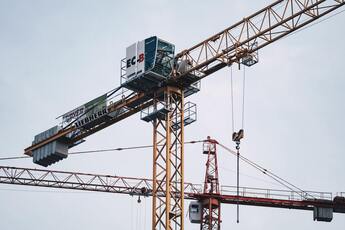

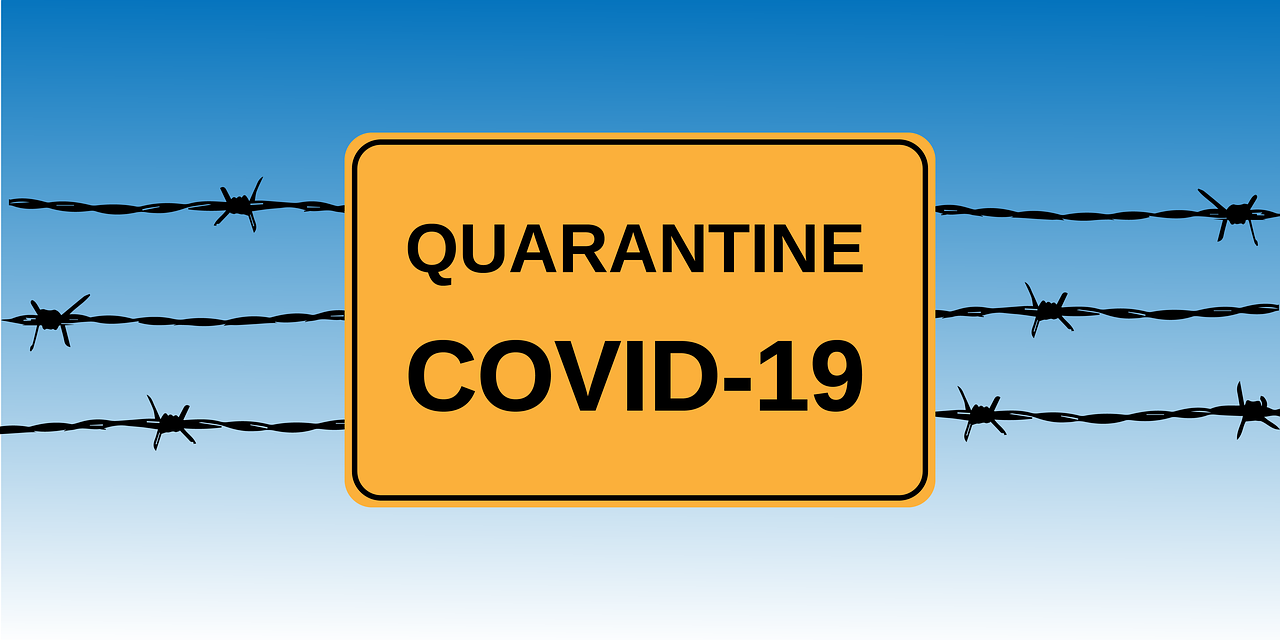
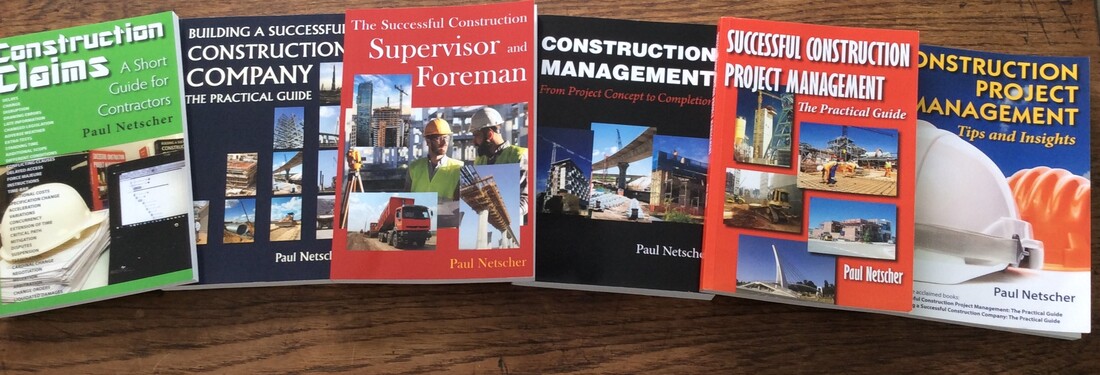



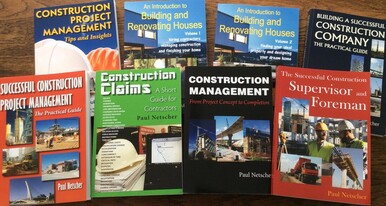
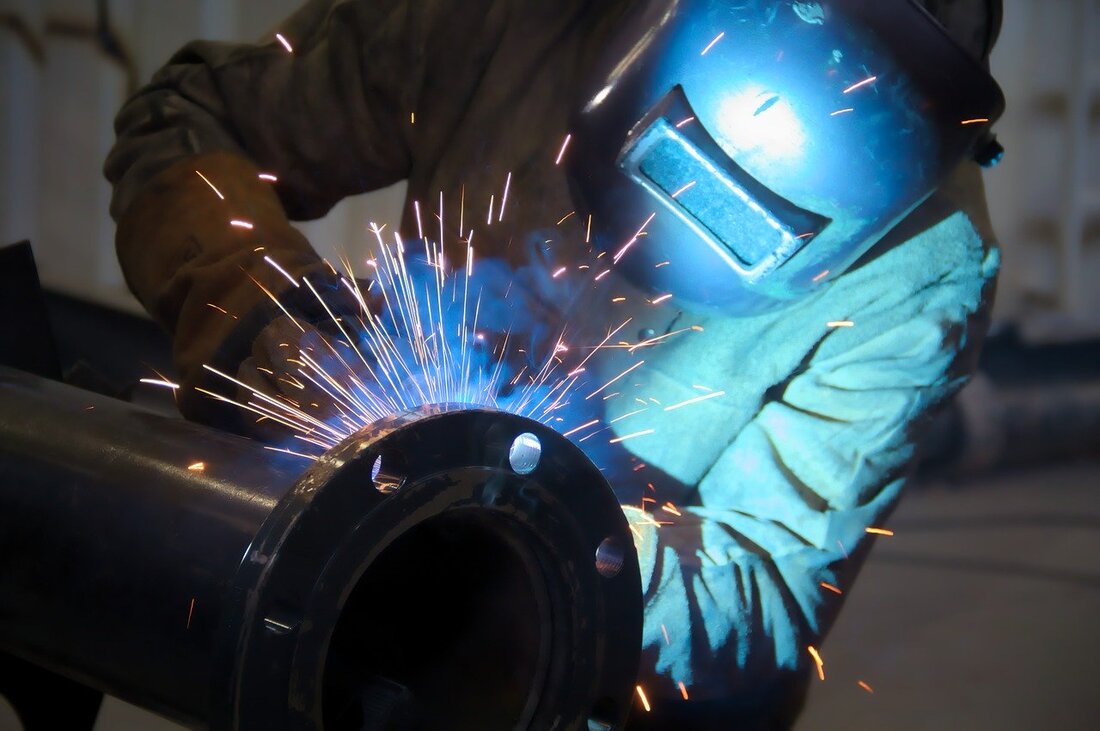
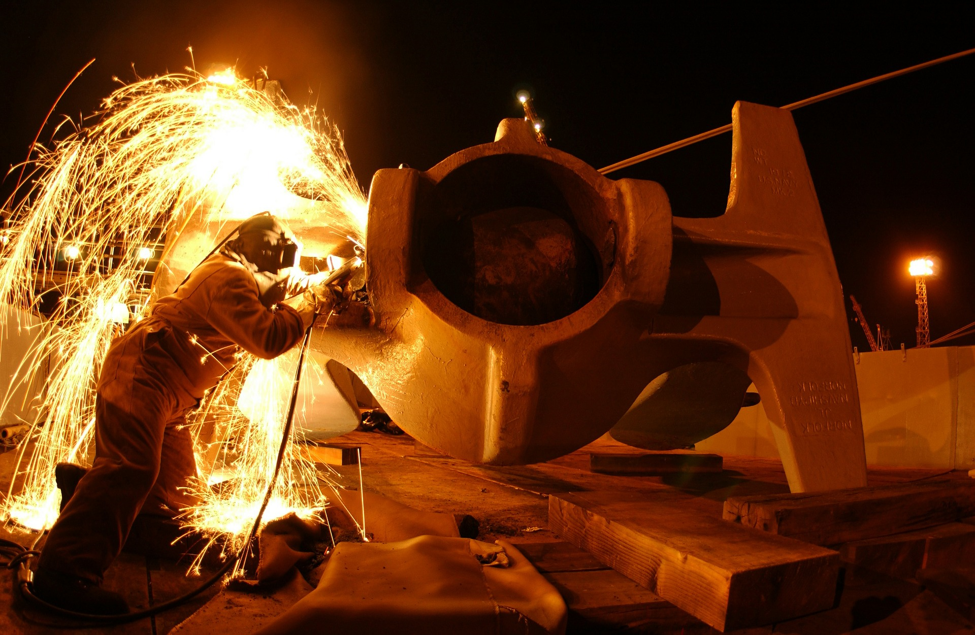

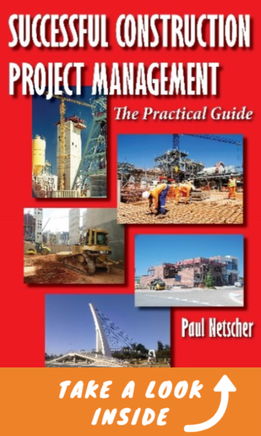


 RSS Feed
RSS Feed




